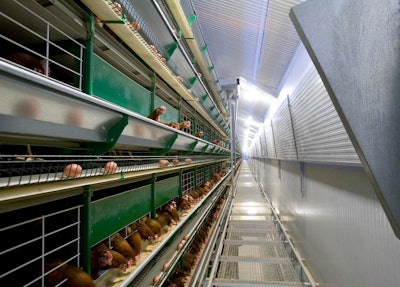
We are often surprised by consumers’ attitudes and beliefs about egg production, given our own focus on production data. Along with other issues, the egg sector is facing the challenge of consumers making key decisions not based on science, but on emotions and perceptions.
Brown vs white
The classic example of “perception versus reality” is the nutritional value of brown eggs and white eggs. Surveys have demonstrated that consumers firmly believe brown eggs are more nutritious, even in those countries where white eggs represent the majority of eggs consumed.
Another example is the perception that eggs produced under organic conditions are safer and more nutritious than regular eggs. A number of studies have reported that the levels of unwanted chemicals, such as heavy metals and pesticides, are lower in organic eggs than in regular eggs, the levels recorded in regular eggs are well below the Maximum Residue Limits defined by various governments and by the Codex Alimentarius (an international organization that defines food standards).
Realistically, environmental contaminant levels should be monitored equally in conventional and organic foods.
As far as nutrition is concerned, research has established that the composition of eggs can be modified by the composition of hens’ rations - not by the type of housing system they are kept in.
Access to the outdoors may provide hens with more nutrients, often in the form of protein-rich worms and bugs. However, this is one of the key nutrients in the eggs that are not modified by nutritional intervention. Finally, there has been no conclusive reports that the consumption of organic foods provides any additional health benefits to consumers.
There is one, particularly, costly example of perception versus reality. Using the results from a broad research program conducted in the U.S. to evaluate the consequences of changes in egg production systems, it was established that enriched cage systems were the best housing system for laying hens from a holistic evaluation standpoint.
However, the US egg sector is marching full steam ahead toward cage-free production under pressure from retailers and food service customers, in the belief that they are responding to consumer demand.
Interestingly, a study published in 2019 showed that, once consumers understood all the facts and the trade-offs between enriched cage and cage-free systems in terms of mortality, behavior, stress, cannibalism/aggression and worker health and safety, with the sole exception for behavior, U.S. consumers preferred furnished cages to aviary systems.
Since perception is reality for many consumers, maybe we should add more colors inside our barns, green for grass and yellow for sun. Then consumers might be happier.

















